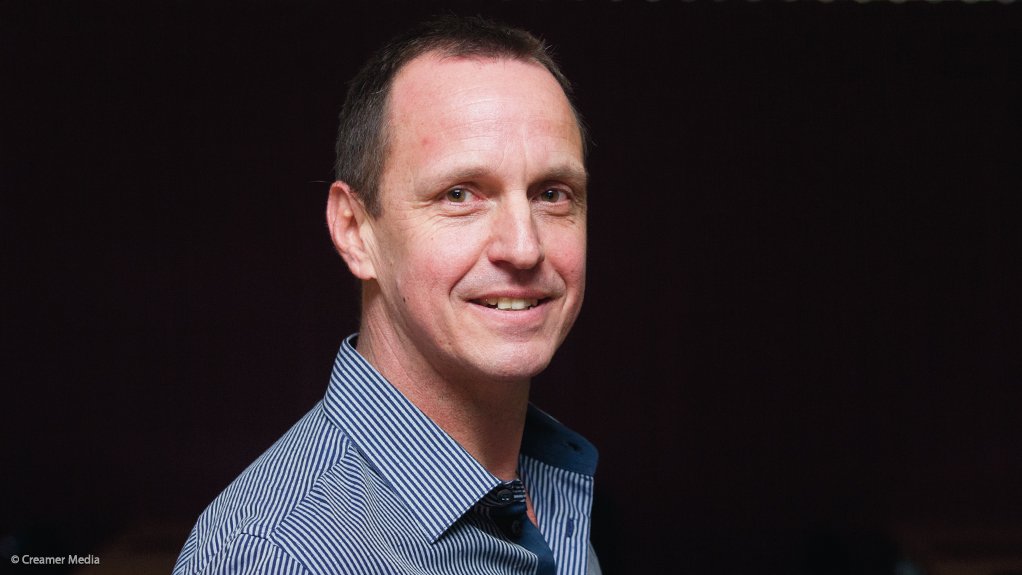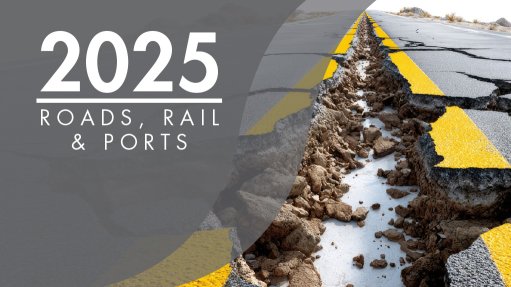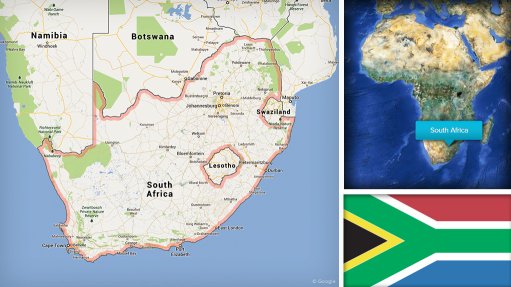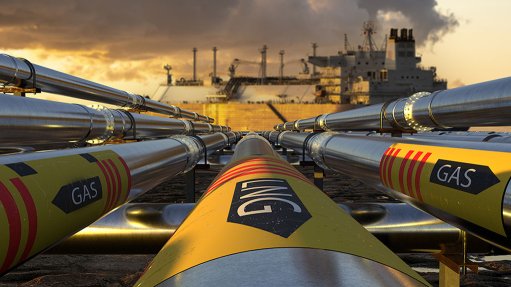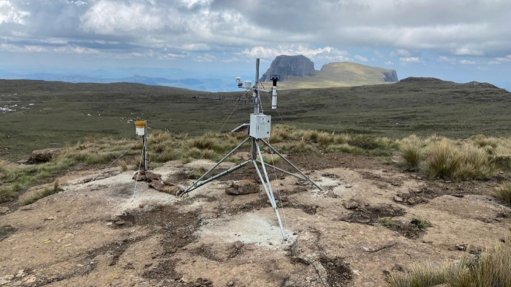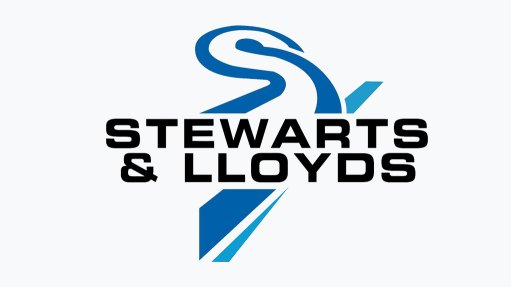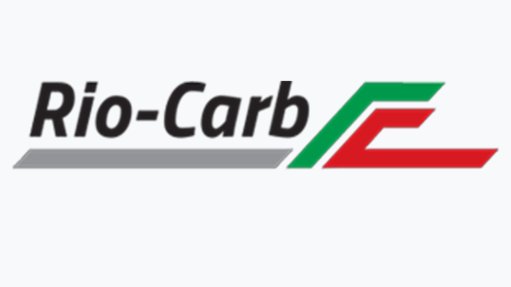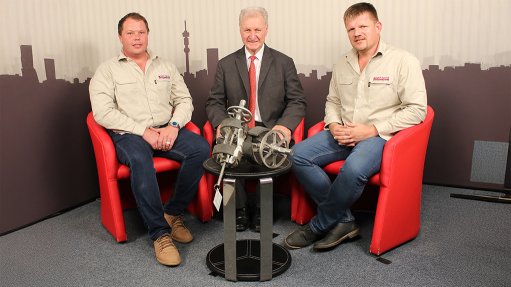Mining industry knows the risks, but safety execution still falls short globally, conference hears
It is likely that no mining company worldwide has achieved the highest recognised level of safety performance, despite decades of industry knowledge and experience, Southern African Institute of Mining and Metallurgy (SAIMM) president Gary Lane told delegates at the 2025 MineSafe conference, in Ekurhuleni, on November 19.
Lane was referring to the so-called “resilient” phase of safety maturity, which he said remained out of reach for all operations globally.
“I fundamentally believe there is no single operation – and probably no single company in the world – that has reached that phase yet, because that phase would ultimately dictate that you have reached a sustained state of close to zero incidents, with all facets of safety and risk functioning optimally,” he said.
Lane said that while there was a common perception that countries such as the US and Australia operated more safely, years of benchmarking by the Minerals Council South Africa had shown that the reality was that safety performance in those countries was fundamentally similar to that of South Africa.
He noted that South Africa faced a more complex operating environment and different social circumstances, but these did not make the safety outcomes inherently worse.
He said years of operational experience had shown that the main hazards, risks and systemic factors influencing behaviour and contributing to unwanted events were already well understood, and that the industry was familiar with the controls needed to manage them.
However, Lane noted that consistent application of safety strategies was where the industry continued to fall short.
“We understand the business. And it is only in very few and exceptional cases that we get a new unknown – something that pops out of the woodwork, something we just didn’t see, something we were blind to for decades.
“But 98% of the time, it’s the same stuff that we see. We know what we need to do but we just need to do it well. I think the industry’s processes and systems are sound, but consistency in execution is ultimately the thing we need to drive,” he said.
He explained the several levels of safety maturity, urging companies to plot their safety journey to mark their progression.
“We need every single operation, every single company, to plot out their safety and risk journey, starting at the vulnerable state, then a reactive state, then compliant, proactive and, finally, at the highest level, reaching a resilient state of safety,” Lane explained.
He said the vulnerable stage of maturity was characterised by a belief that accidents “just happened” and that they could not have been avoided as a consequence of the risky nature of the mining industry.
“When you get to the reactive stage, you start to see that you have similar incidents, and then you start to prevent some of those. And then, when you move to a more compliant level of maturity, typically you can prevent more accidents before they happen,” he explained.
Lane noted that, at the proactive level, there was a more well-refined flow between systems, people and leadership, embedding many best practices based on scientific research and safety benchmarks.
However, to progress from the proactive to the resilient stage, the implementation of these best practices needed to be nearly 100% consistent.
He said that further improvements in mine safety hinged largely on better reporting.
“How do we report our data? What type of data do we look at? And do we have a culture where there’s risk or secrecy? Are we transparent? Many things influence this, ranging from the culture of the company to the regulator itself, how enforcement is done, and how active your different stakeholders are.
“We need to foster an ethos of diligence and open reporting, built on the foundation of a just culture, seeking to understand the reasons for failures without apportioning unjust blame. When you enforce that culture, people start feeling comfortable with transparent reporting, and you get very good quality data. You need to act on weak signals, near misses, untreated hazards, and high-potential incidents as a business imperative,” Lane said.
He noted that lagging indicators across external reporting and benchmarking would always remain important. However, what was more important was using leading indicators to predict and prevent incidents.
“When it comes to risk management, I think we’ve got the institutional and foundational knowledge on what we need to do. But I think we’re still far off from prediction in our industry,” he added.
However, he emphasised that it was not fruitful to discuss safety and risk without humanising it, noting that people should be treated as the drivers of safety rather than the cause of safety incidents.
“If you look at the old paradigm, we traditionally believed that people are the actual hazards. They are the threat. They are the liability. People are the weakest link. We always used to look at the person who is at fault, and we try to apportion that blame. The fewer people we have, the better.”
“Obviously, that coincides with a strong drive to modernise. And I think there is definitely a case where we can remove people from some immediate risk. But when you look at today’s realisation, we know that people can actually create safety. They create the success. We are reliant on people to make the right decisions every day, and more often than not, people do that. Ultimately, people need to adapt imperfect systems and match conditions,” Lane said.
He stated that this highlighted the importance of providing an environment that enabled people to succeed, ensuring they had the proper equipment, tools, and access to information necessary to perform their tasks safely and effectively.
“We know the recipe. We know what to do. We just need to get into a space where we really embed it, and make sure that, ultimately, teams adopt it and get into that operating rhythm every day to ensure that we can reach zero fatalities and zero harm in our industry,” he said.
Article Enquiry
Email Article
Save Article
Feedback
To advertise email advertising@creamermedia.co.za or click here
Comments
Press Office
Announcements
What's On
Subscribe to improve your user experience...
Option 1 (equivalent of R125 a month):
Receive a weekly copy of Creamer Media's Engineering News & Mining Weekly magazine
(print copy for those in South Africa and e-magazine for those outside of South Africa)
Receive daily email newsletters
Access to full search results
Access archive of magazine back copies
Access to Projects in Progress
Access to ONE Research Report of your choice in PDF format
Option 2 (equivalent of R375 a month):
All benefits from Option 1
PLUS
Access to Creamer Media's Research Channel Africa for ALL Research Reports, in PDF format, on various industrial and mining sectors
including Electricity; Water; Energy Transition; Hydrogen; Roads, Rail and Ports; Coal; Gold; Platinum; Battery Metals; etc.
Already a subscriber?
Forgotten your password?
Receive weekly copy of Creamer Media's Engineering News & Mining Weekly magazine (print copy for those in South Africa and e-magazine for those outside of South Africa)
➕
Recieve daily email newsletters
➕
Access to full search results
➕
Access archive of magazine back copies
➕
Access to Projects in Progress
➕
Access to ONE Research Report of your choice in PDF format
RESEARCH CHANNEL AFRICA
R4500 (equivalent of R375 a month)
SUBSCRIBEAll benefits from Option 1
➕
Access to Creamer Media's Research Channel Africa for ALL Research Reports on various industrial and mining sectors, in PDF format, including on:
Electricity
➕
Water
➕
Energy Transition
➕
Hydrogen
➕
Roads, Rail and Ports
➕
Coal
➕
Gold
➕
Platinum
➕
Battery Metals
➕
etc.
Receive all benefits from Option 1 or Option 2 delivered to numerous people at your company
➕
Multiple User names and Passwords for simultaneous log-ins
➕
Intranet integration access to all in your organisation



